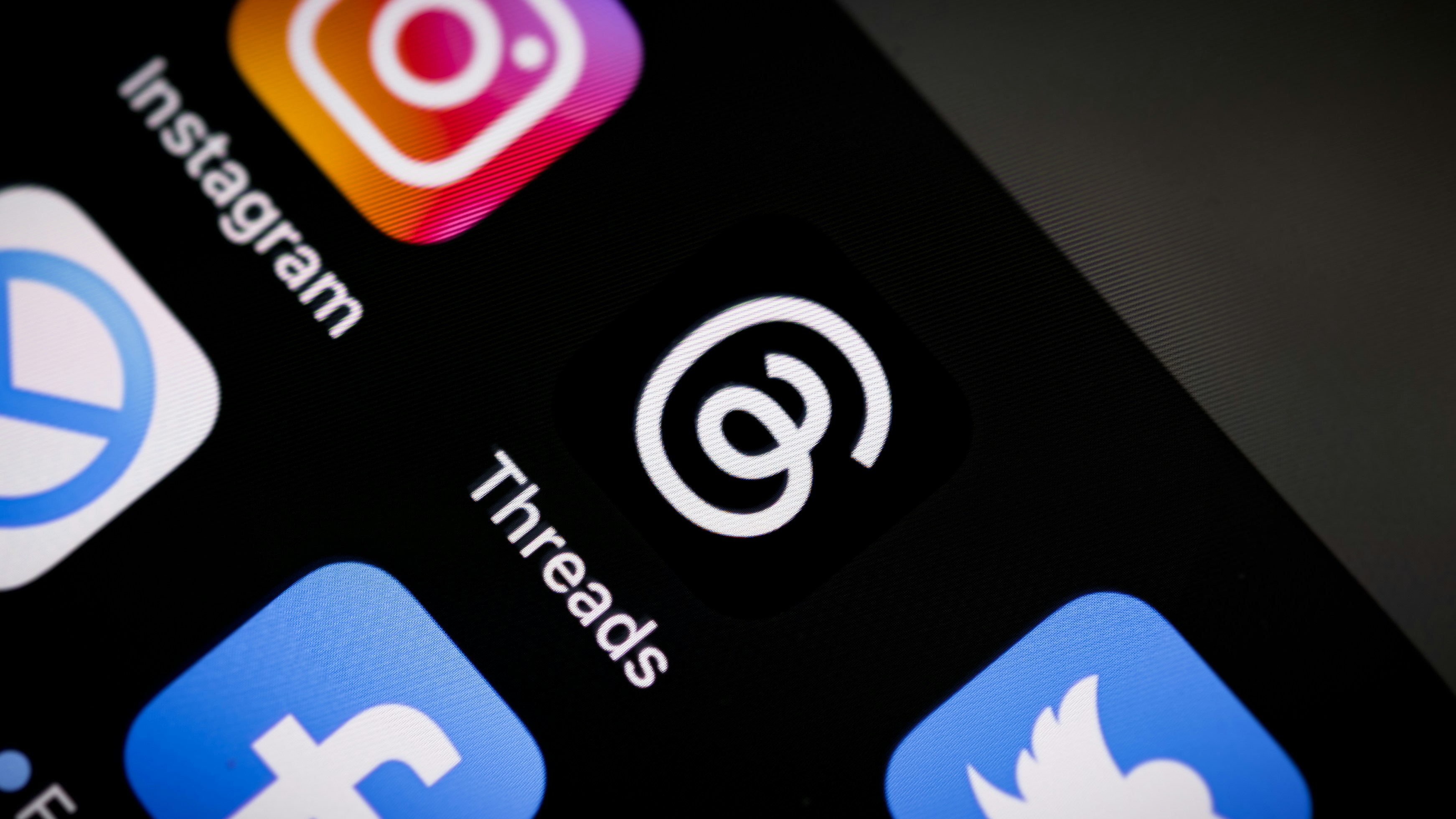If TikTok is the flashy newcomer, Facebook and Instagram are the seasoned operators, less exciting these days, but still frighteningly good at knowing exactly how to push your buttons. Literally.
How the Feed Works
The mechanics are deceptively simple: Facebook and Instagram don’t just show you what your friends post. They show you what you’re most likely to react to. That could be a cute puppy video, a political rant, or a cousin’s holiday snaps, whichever keeps you scrolling.
Behind the curtain, an algorithm is scoring every piece of content in milliseconds: Will you click? Will you share? Will you comment angrily at 2 a.m.? The winner goes to the top of your feed. The losers vanish into the void.
It’s not about connection. It’s about prediction, a behavioural slot machine that adjusts the reels each time you pull the lever.
The Behaviour Shaping Bit
On Facebook: Outrage travels faster than facts. Studies have shown false or emotionally charged stories spread far wider than neutral updates. Which means the feed doesn’t just mirror society, it gently encourages everyone to shout louder, angrier, and more often.
On Instagram: The dopamine loop is visual. Filters, likes, reels, all nudging users to curate an idealised version of themselves. The result? A platform where reality slowly bends toward whatever earns the most hearts, even if that means everyone’s breakfast suddenly looks like it belongs in Vogue.
The “Innocent” Mission Statements
Both apps insist their mission is about “bringing people closer together.” Which is true, if you define “closer” as “within 0.5 seconds of a push notification.”
Meanwhile, the business model is straightforward: the longer you stay, the more ads you see. Your attention is the product, neatly packaged and resold to the highest bidder, sometimes a shoe brand, sometimes a political campaign.
So, Benevolent or Otherwise?
The effects are mixed:
Benevolent: Social media genuinely helps people reconnect with old friends, discover communities, and share creativity.
Otherwise: It also nudges behaviours toward outrage, perfectionism, and compulsive scrolling.
The platforms don’t tell you what to do. They just tilt the floor a little, and watch where you roll.
Final thought: Facebook and Instagram aren’t just places you visit. They’re behavioural experiments you participate in every time you log on. And like any good experiment, the results say as much about the lab rats as they do about the scientists.
